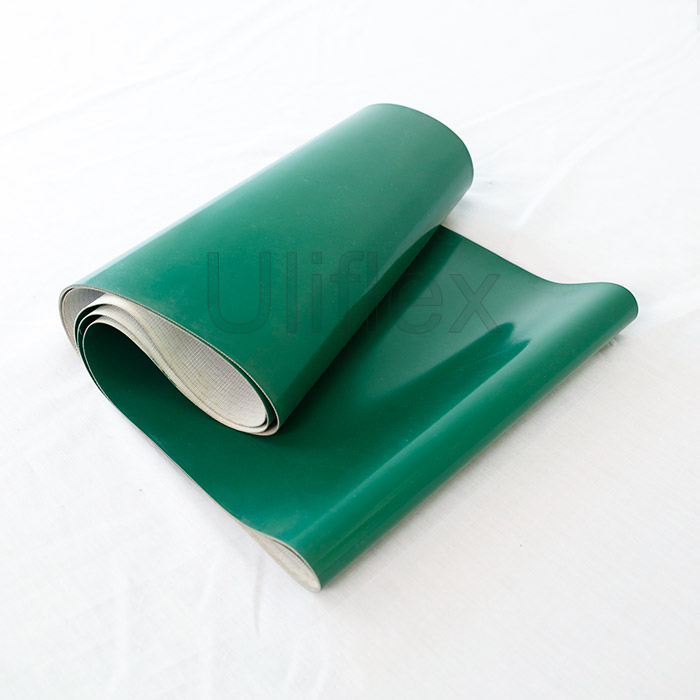Views: 0 Author: Site Editor Publish Time: 2020-07-30 Origin: Site










The Uliflex team flew from Foshan, Guangdong to Beijing to participate in the 34th China International Glass Industry Technology Exhibition from May 26 to 29, 2025.
This week Uliflex received three clients from different countries, namely India, Brazil, and Jiangsu, China,Our Indian clients are old customers who have been cooperating with Uliflex for 15 years. They also visited our booth for business exchanges at this year's glass exhibition in Beijing. The Ind
We have always had customers consult us about the pricing of industrial belts. I believe many people also have the same question: why is there such a big price difference for industrial belts on the market? Opening various online shopping platforms and entering "industrial belts" will result in many
Uliflex's employees responsible for customer relations often encounter many inquiries from customers in their daily work about the differences between domestic PU and foreign PU. After all, customers cannot distinguish between domestic PU and foreign PU just by naked eye. Many customers may have a m
Foshan Uliflex Transmission Technology Co,. LTD a high-tech enterprise specializing in the R&D, production, and sales of high-performance polyurethane (PU) timing belts which are widely used in the mechanical transmission of ceramic, glass, textile,food,automobile,tobacco,medicine, etc .Since our es
Generally speaking, it is difficult to distinguish the advantages and disadvantages of materials only from the appearance of industrial belts. Because both domestic and foreign materials can achieve the same appearance (color, surface) with the naked eye.In addition to a small number of senior industrial belt experts, they can distinguish whether the belt is imported materials from the touch of the belt.
For a long time, it is not easy for users to correctly judge the type of industrial belt used by mechanical equipment in industrial production. As an important part of mechanical transmission system, the correct judgment of the model and specification of industrial belt is very important for equipme
When you pick a rubber belt supplier, you must look at quality. You should also check for new ideas, worldwide reach, certifications, and good customer service. The market is worth more than USD 6.94 billion in 2024. It keeps getting bigger because industries want belts that last longer and work better. Good suppliers help companies run well and handle new needs in mining, manufacturing, and logistics.
Professional Industry Belt Manufacturer

